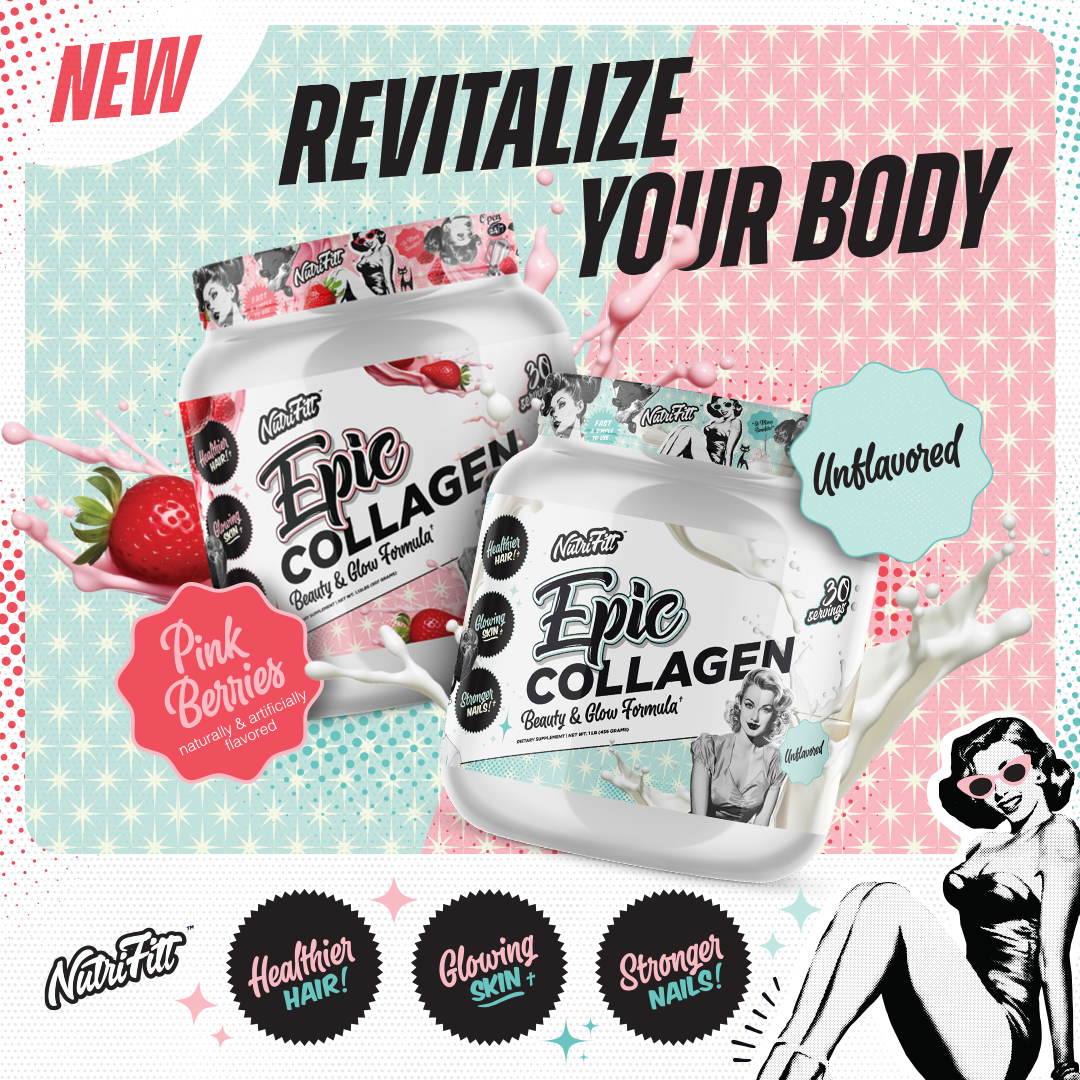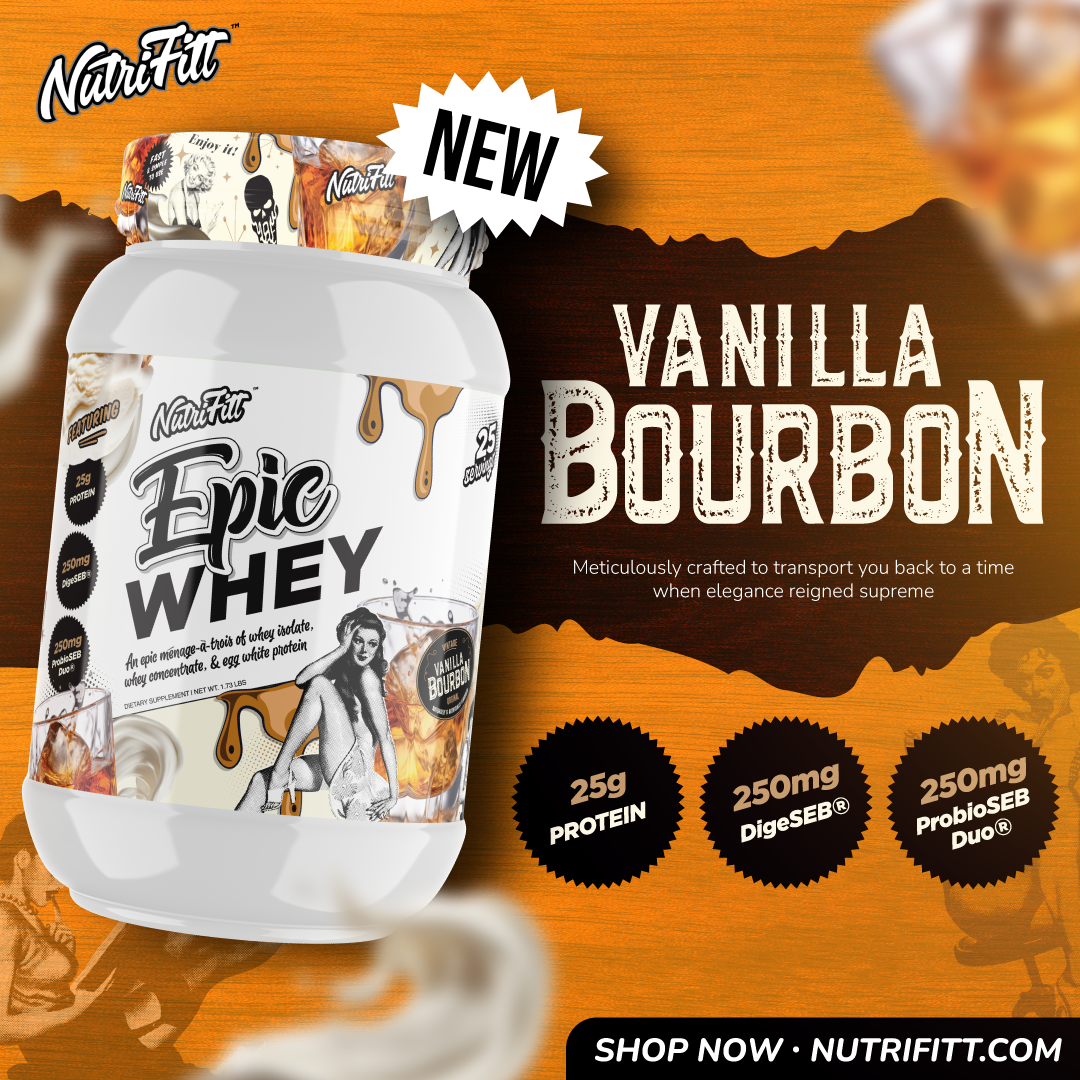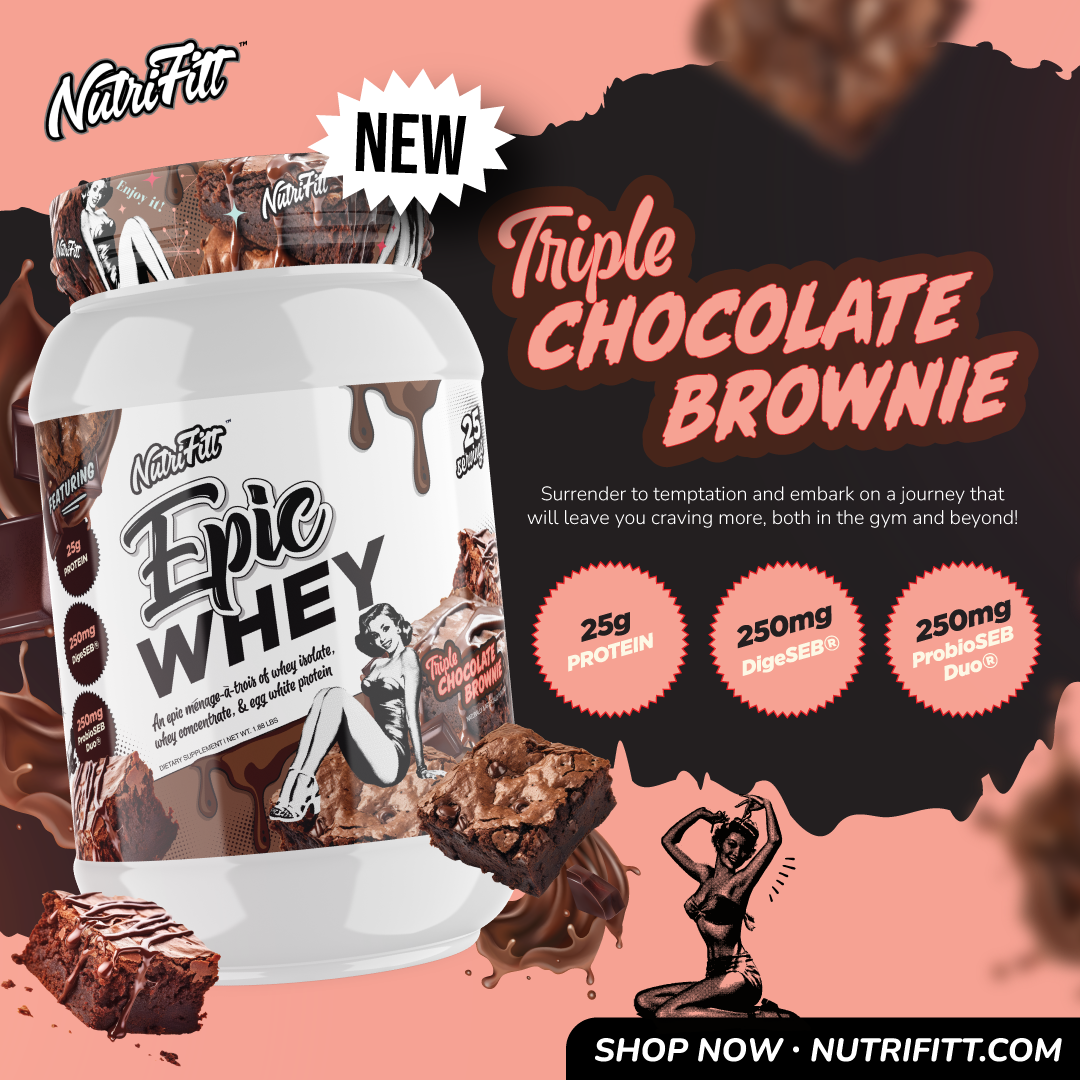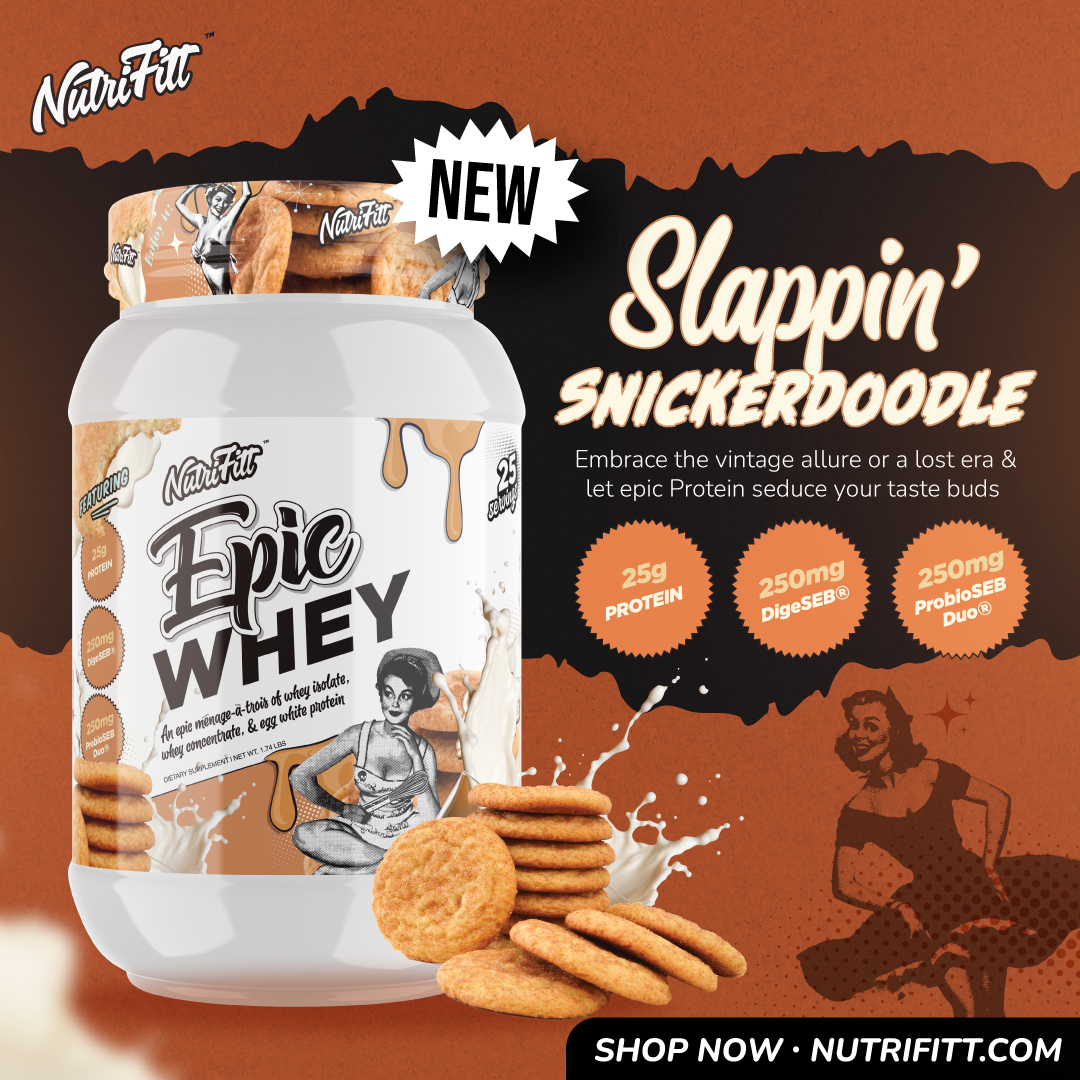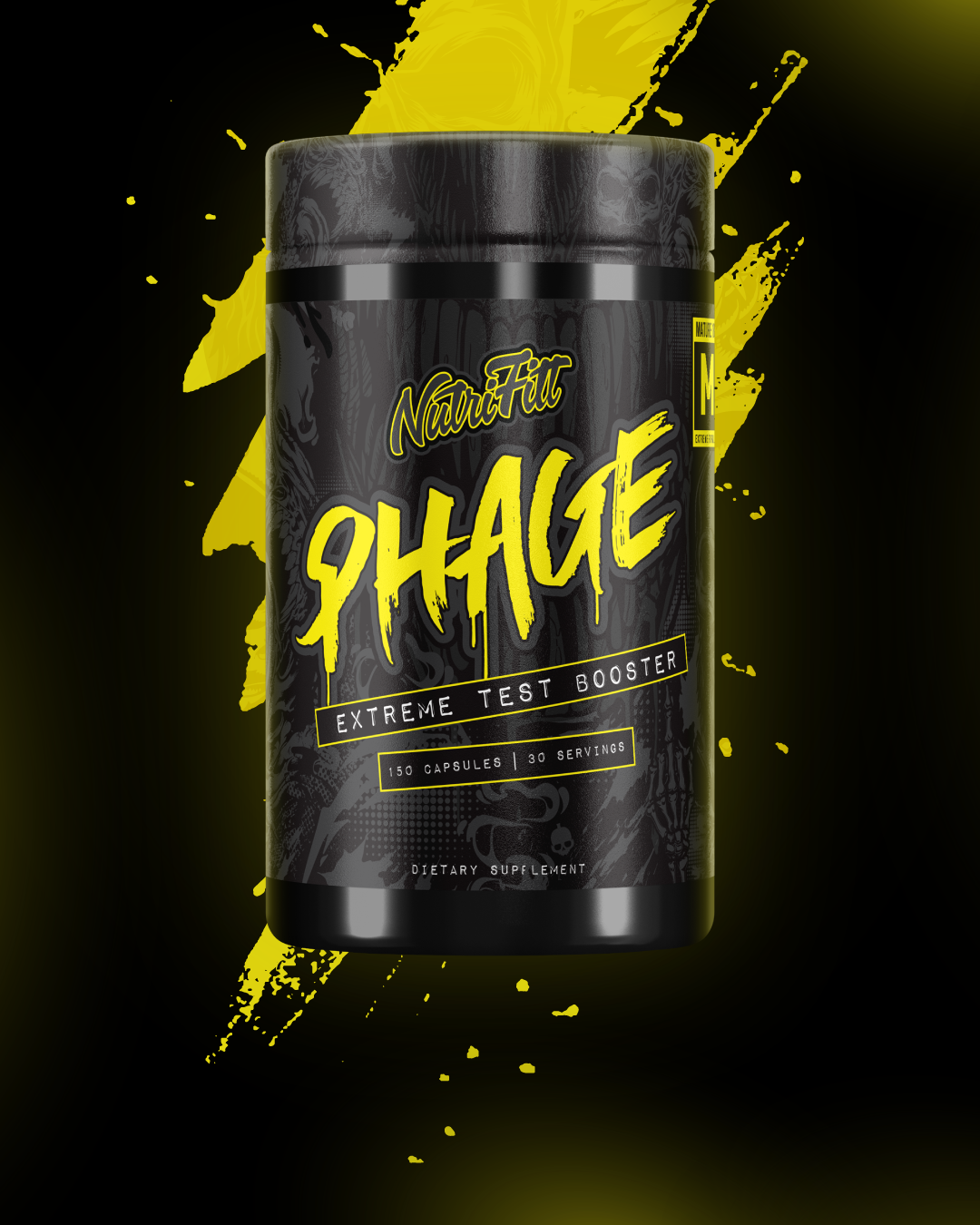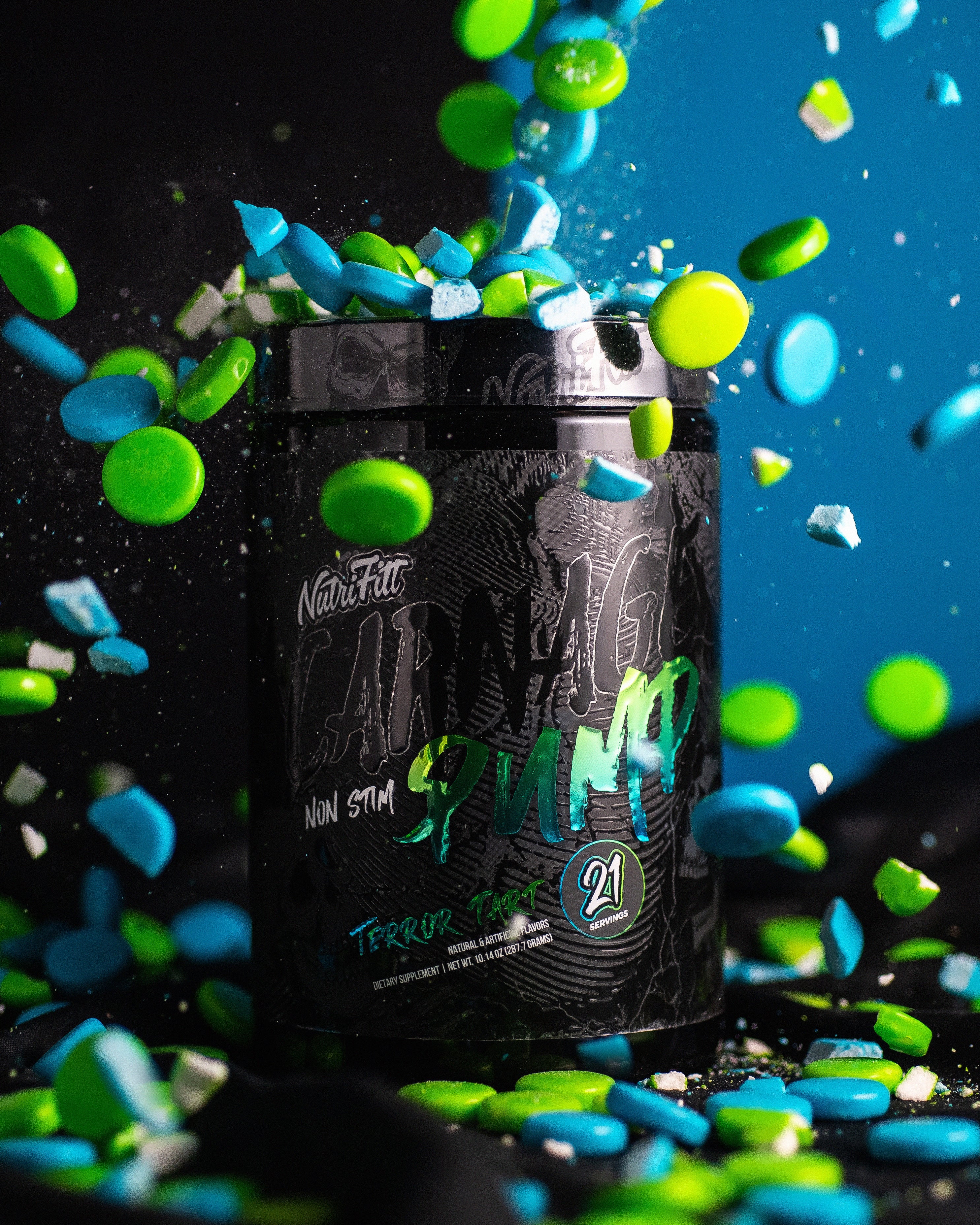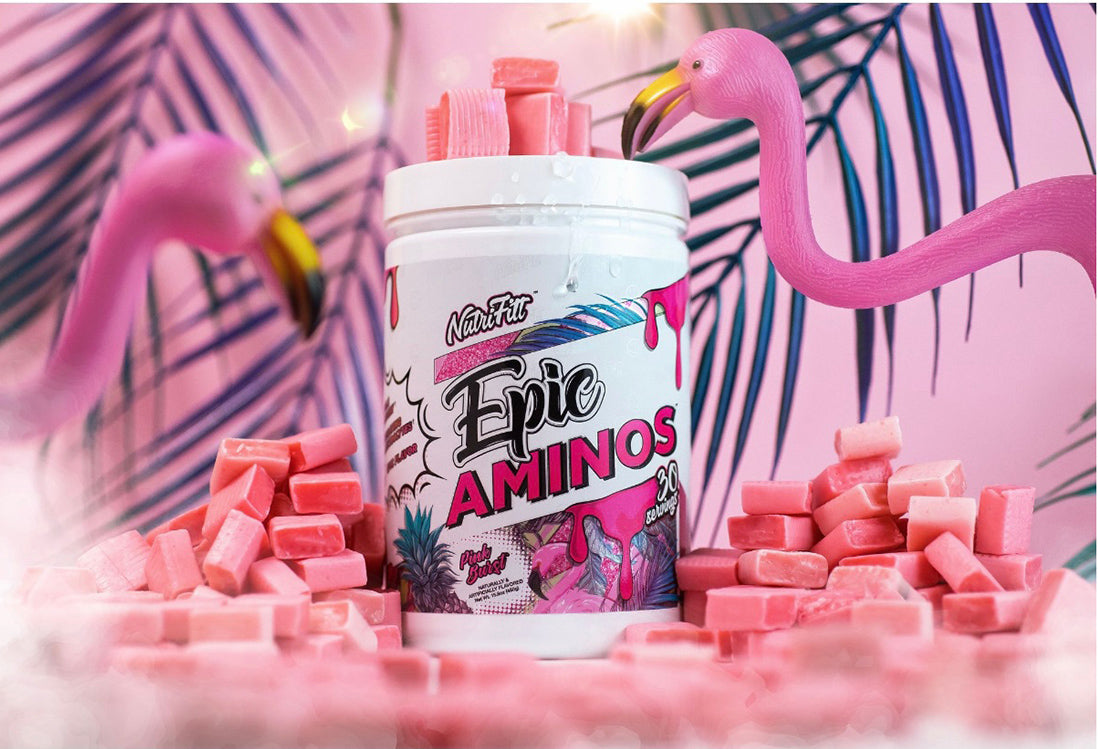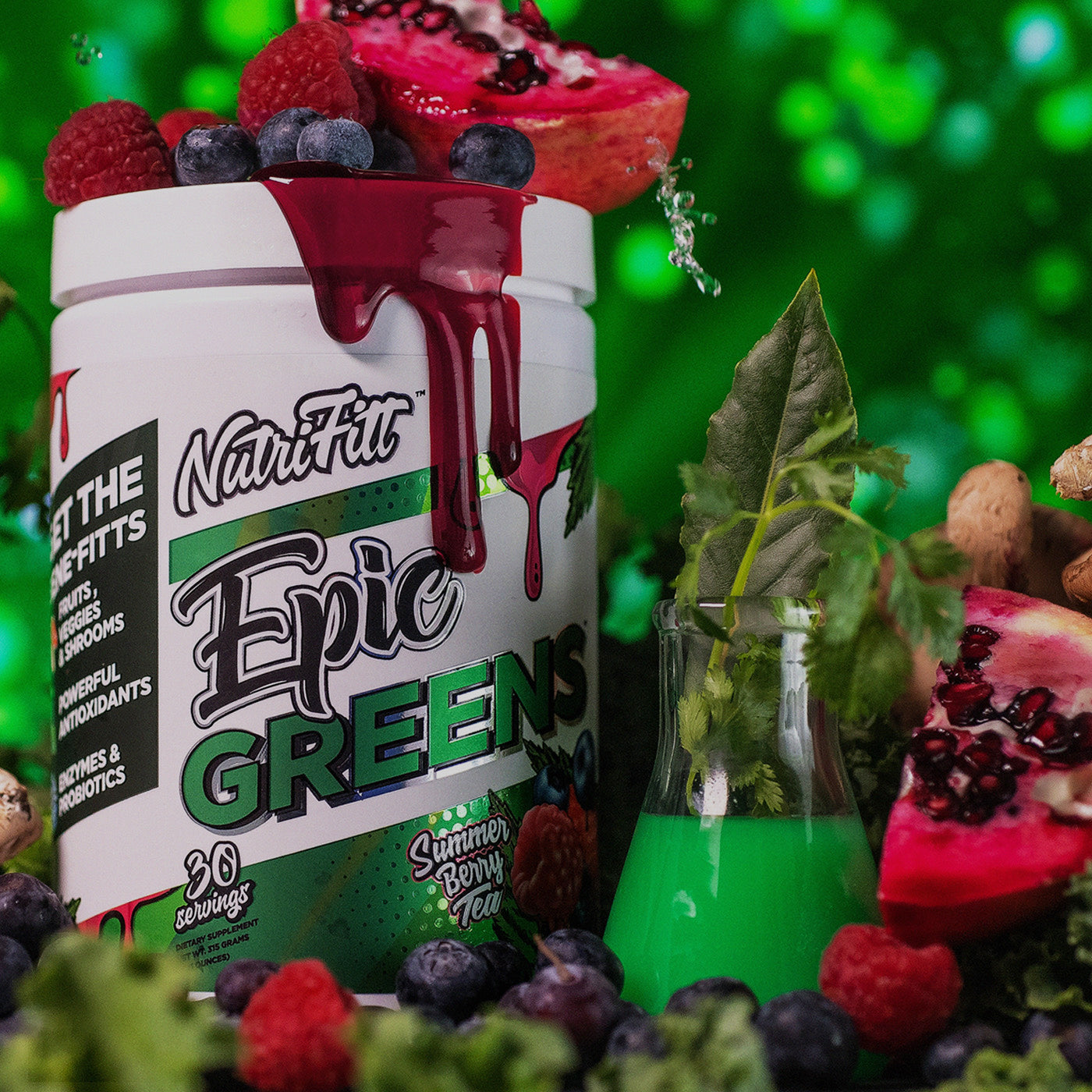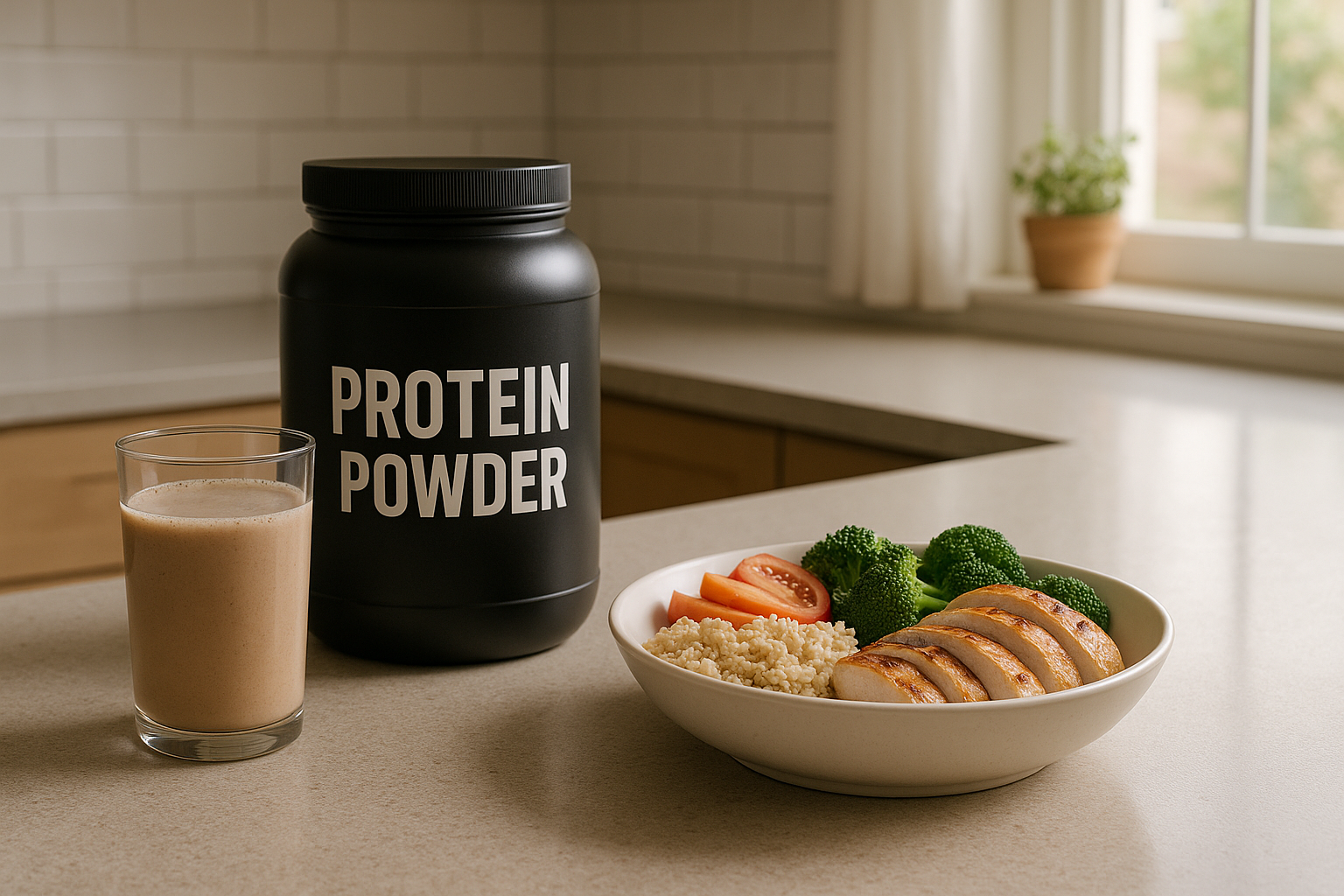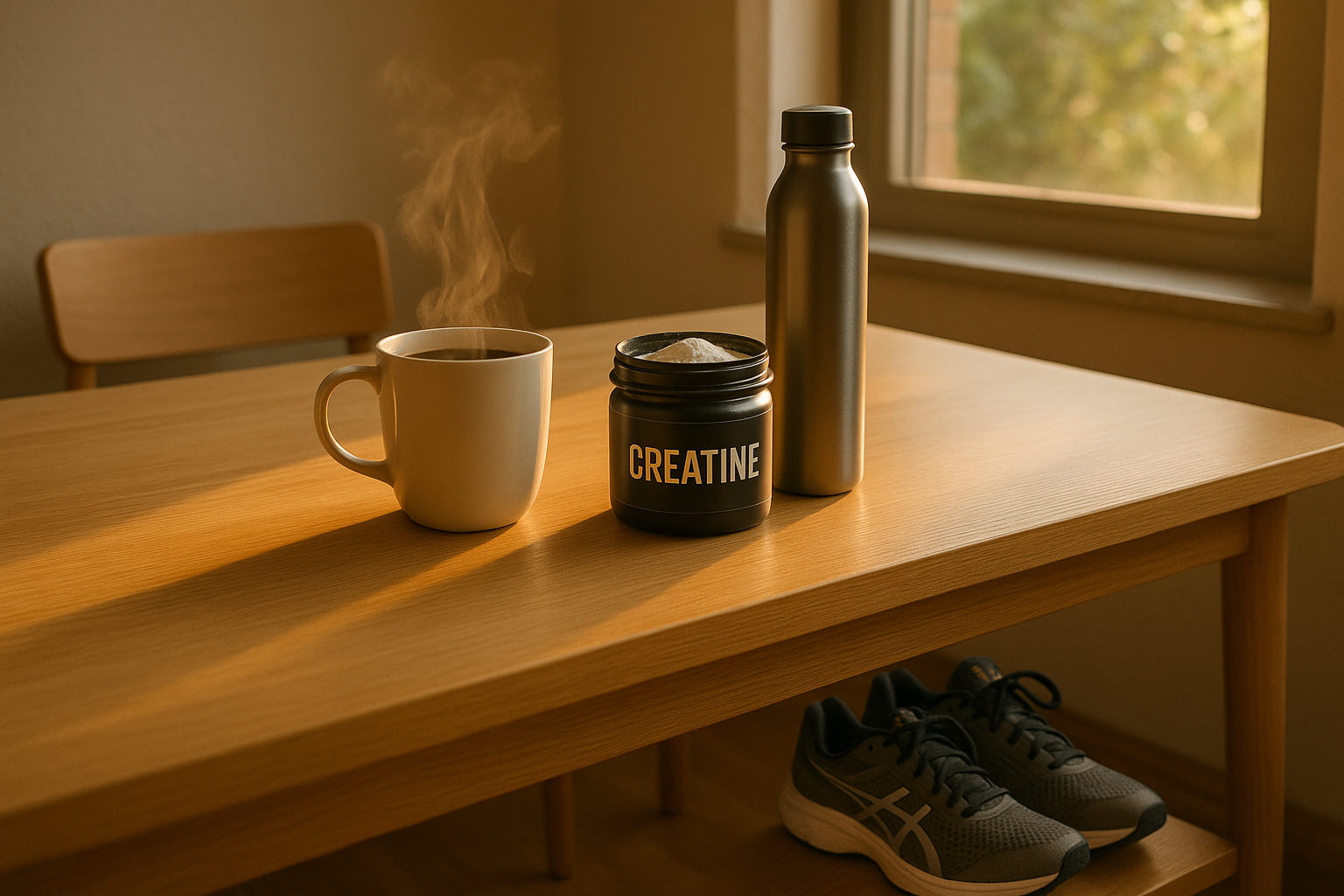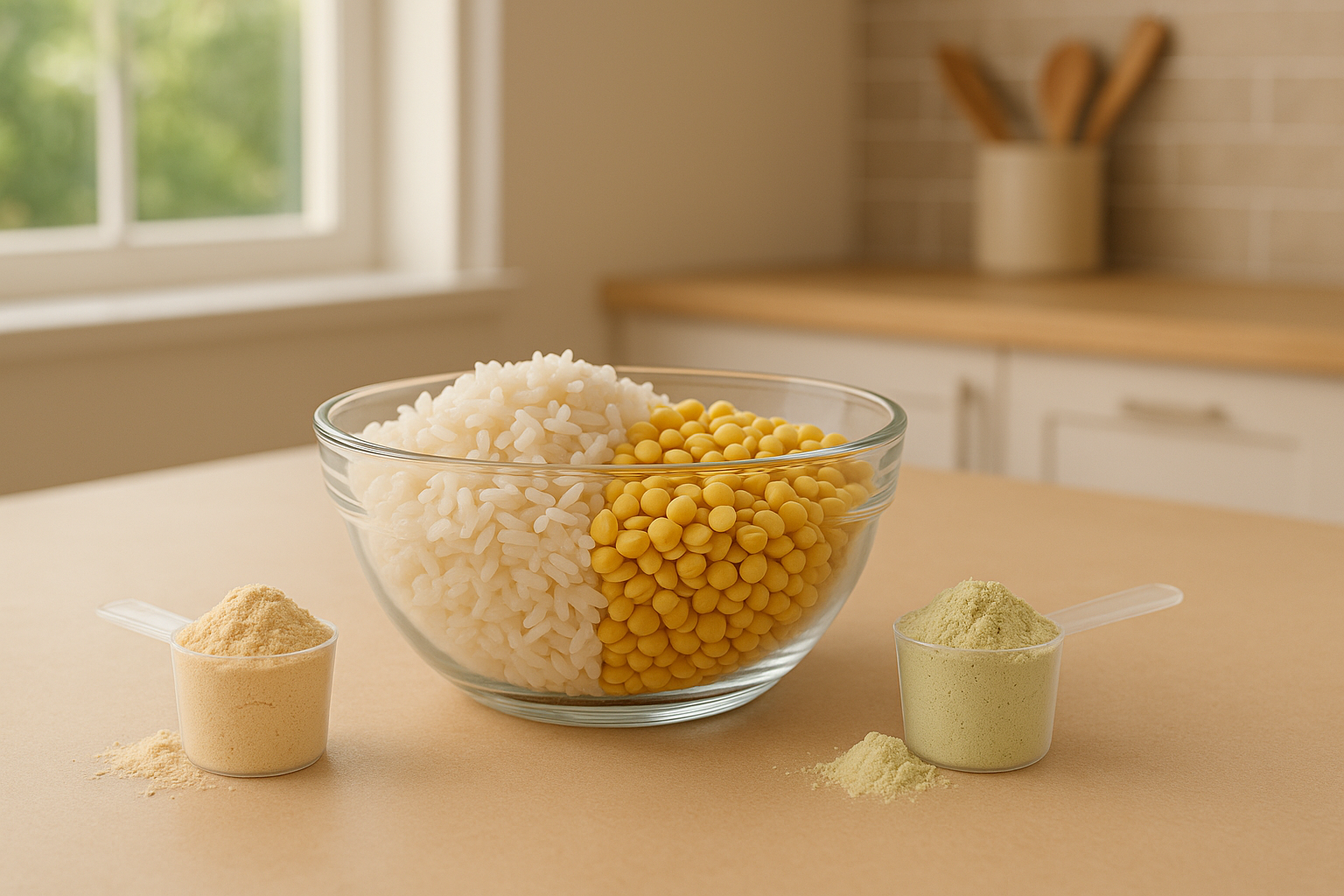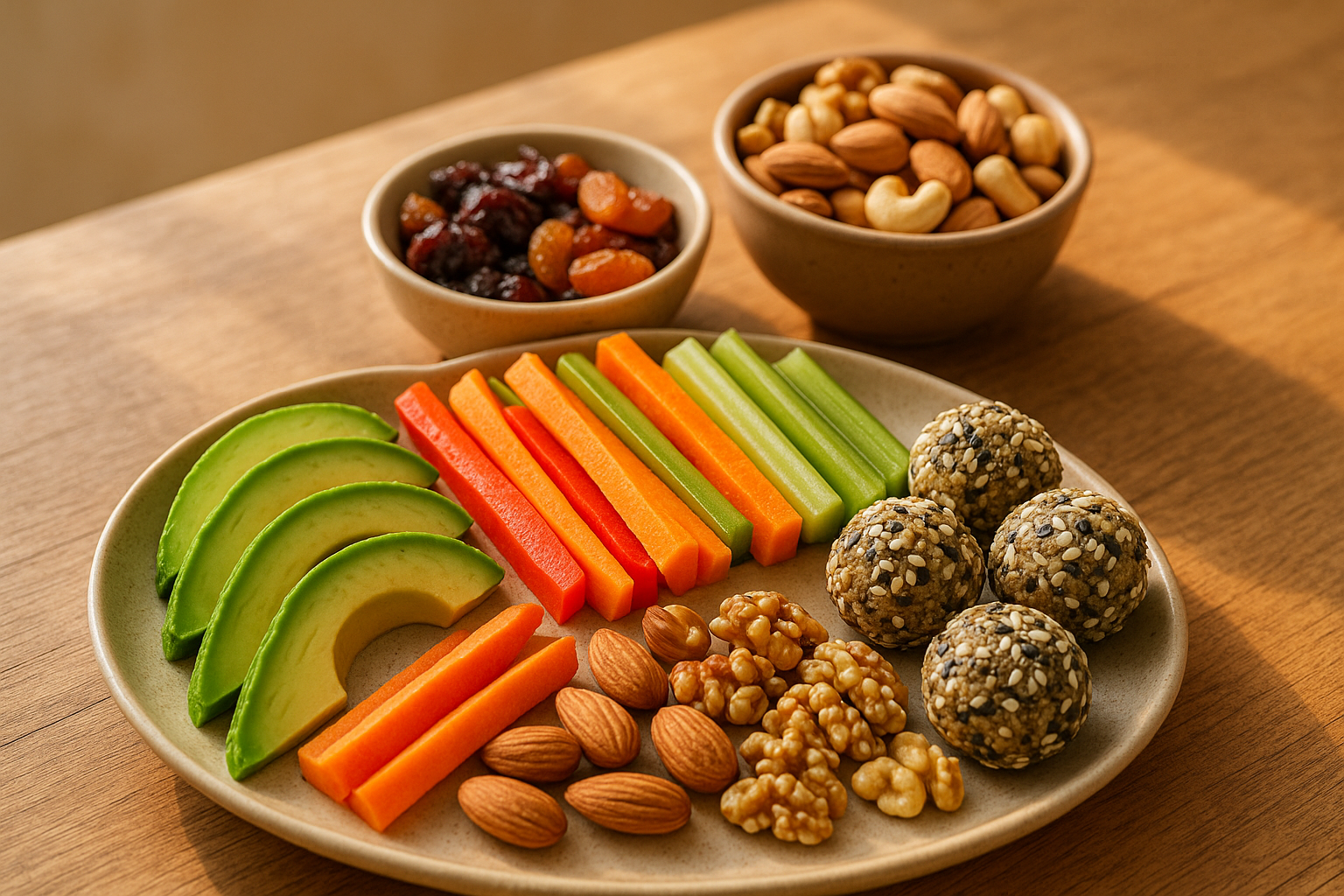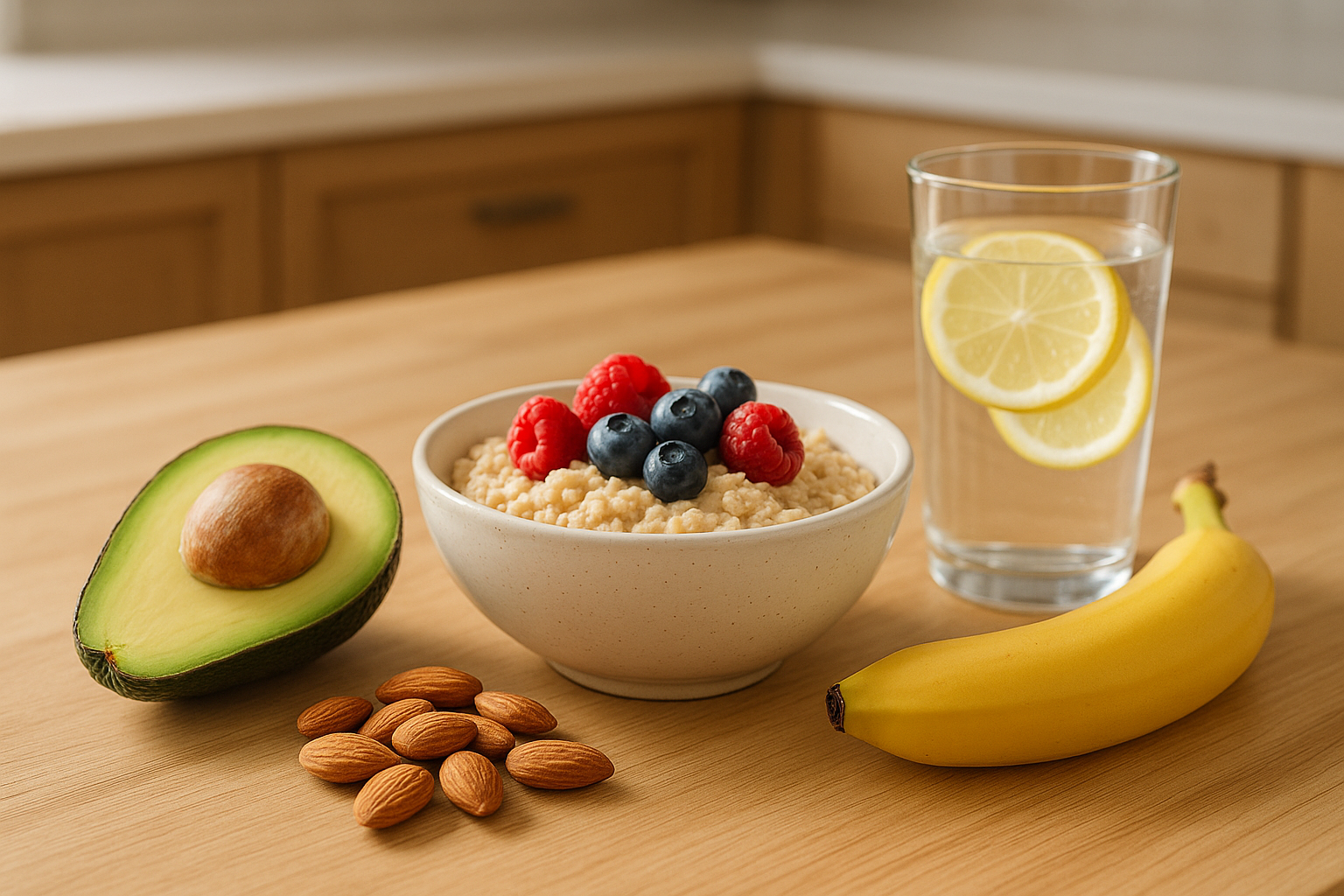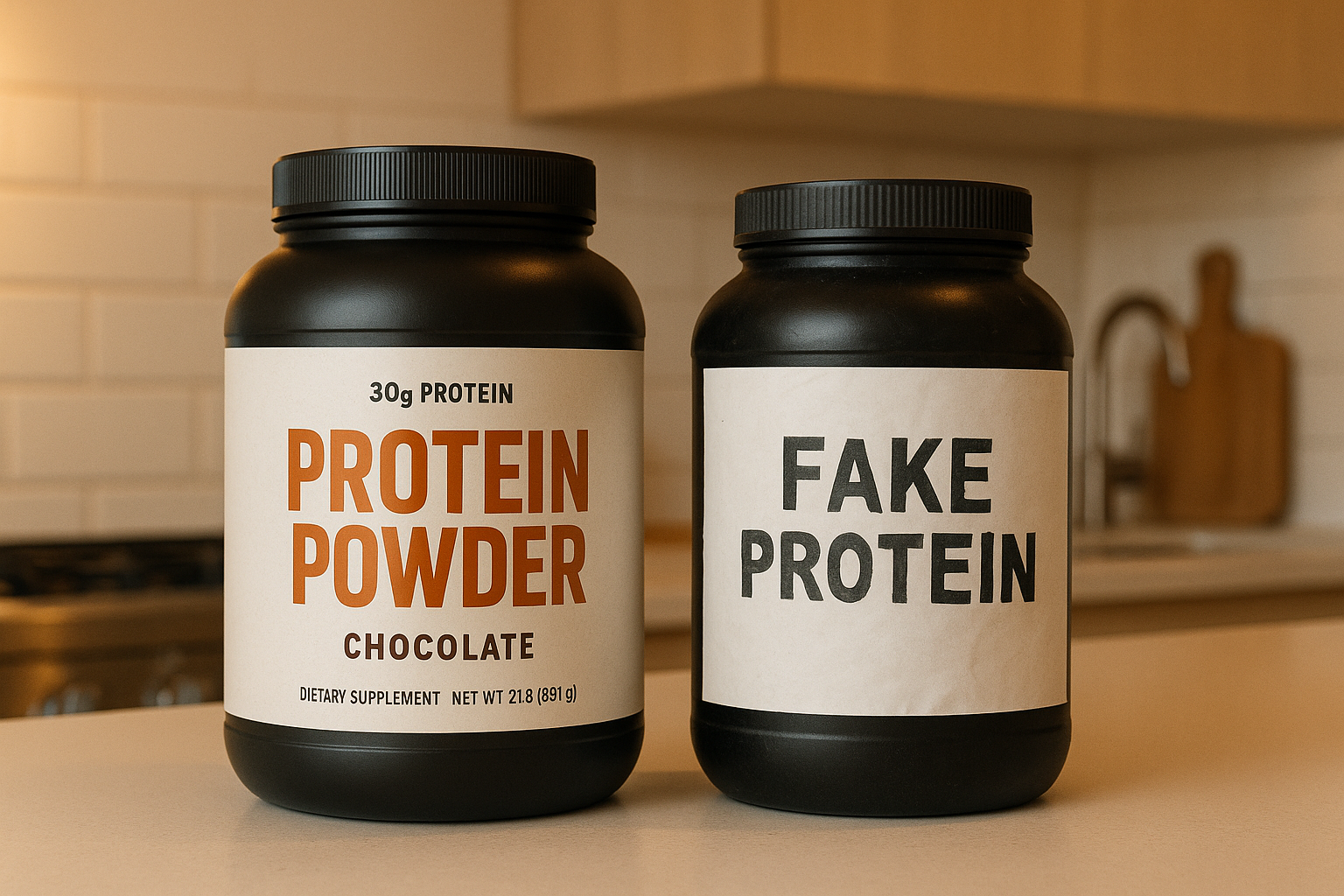
How to Spot Fake Protein Powders
Fake protein powders are a growing issue in the supplement market, often containing harmful contaminants or cheap fillers. These products can waste your money, harm your health, and fail to deliver the promised benefits. Here's how you can identify them:
- Amino spiking: Check for added amino acids like glycine or taurine in the ingredient list, which inflate protein content but lack muscle-building benefits.
- Contamination risks: Poorly made powders may contain heavy metals or chemicals. Look for brands that provide third-party testing and certificates of analysis.
- Packaging red flags: Watch for broken seals, smudged batch codes, or missing expiration dates. Low-quality printing or labels can also signal a fake.
- Home tests: Authentic powders dissolve smoothly, smell neutral, and have consistent color and texture. Compare with a trusted product if unsure.
- Buy smart: Purchase directly from official websites or authorized retailers. Avoid deals that seem too cheap, and check storage conditions.
Counterfeit protein powders can compromise your health. Stick to trusted sources, verify labels, and conduct simple checks to ensure you're getting a safe, high-quality product.
Common Protein Powder Scams to Watch For
Some manufacturers use sneaky tactics to cut costs while charging premium prices for their protein powders. Knowing what to look for can help you avoid wasting money on products that don’t live up to their claims.
Amino Spiking: Inflating Protein Numbers
Amino spiking is a deceptive practice where companies add cheap amino acids like glycine, taurine, creatine, or glutamine to artificially boost the protein content on the label. While these amino acids may have their own benefits, they don’t provide the same muscle-building power as complete proteins like whey or casein. For instance, a product might advertise 25 grams of protein per serving, but a chunk of that could come from these added amino acids, not the high-quality protein you’re paying for.
To spot this, check the ingredient list carefully. If you see individual amino acids listed separately from the main protein source, it could be a warning sign. Also, be cautious of products that claim high protein content but are priced suspiciously low - this could be a clue that the company is cutting corners.
Next, let’s look at contamination risks that could pose serious health concerns.
Contamination Risks: Heavy Metals and Harmful Chemicals
Contamination is a major issue in poorly made or counterfeit protein powders. These products can contain dangerous substances like heavy metals (lead, mercury, cadmium, arsenic), which can build up in your body over time and cause serious health problems, including kidney damage and neurological issues. Another potential contaminant is BPA (bisphenol A), a chemical found in some plastics that may disrupt hormones. BPA contamination often comes from low-quality packaging or equipment used in production.
Since you can’t detect contamination by taste, smell, or appearance, it’s crucial to choose brands that clearly outline their manufacturing processes and offer third-party testing results. Look for certificates of analysis to ensure the product is safe and free from harmful substances like bacteria, pesticides, or industrial chemicals.
Now, let’s talk about how to avoid falling for counterfeit packaging.
Fake Packaging: A Common Scam
Counterfeit packaging is another red flag when it comes to protein powders. Genuine products will have intact safety seals, while fake ones might have broken or missing seals. Additionally, authentic brands include clear and readable batch codes and expiration dates, which help trace the product’s origin. Counterfeit products often lack these details or display them in a sloppy, unreadable format.
Pay attention to the quality of the label. Blurry text, inconsistent colors, or cheap materials can indicate a fake product. Pricing is another clue - if a well-known brand is being sold at a price far lower than expected, especially by an unfamiliar seller, it’s worth being skeptical. To double-check authenticity, compare the product’s weight and container dimensions with the official specifications provided by the manufacturer.
How to Check Packaging and Labels Before You Buy
When it comes to spotting fake products, taking a closer look at packaging and labels can make all the difference. Genuine brands put effort into quality packaging and detailed labeling, while counterfeiters often cut corners. Here’s how you can carefully examine a product to ensure it’s the real deal.
Look for Seals, Batch Codes, and Expiration Dates
Start with the safety seals. These are your first clue - tamper-evident seals should be intact and undisturbed. If the seal is broken, missing, or looks tampered with, steer clear.
Next, check the batch codes. These codes help track products and ensure quality. Legitimate products will have clear, printed batch codes directly on the container. If the code looks smudged, handwritten, or is simply missing, that’s a red flag. Counterfeit products often fail to include proper codes or use stickers that can be easily altered.
Expiration dates are another key detail. These should be printed directly onto the packaging, not handwritten or stuck on with a label. Pay attention to the date format - it should align with what the brand typically uses. Protein powders, for instance, usually have a shelf life of 18 to 24 months from the manufacturing date. If the expiration date seems unusually far off or inconsistent, it’s worth questioning the product’s authenticity.
Check Label Details for Complete Information
A genuine product label is packed with specific and accurate information. Start with the nutrition facts panel. It should include details like serving size, calories, and a full breakdown of macronutrients. The protein content, listed in grams per serving, should match the claims made in the product’s advertising.
The ingredient list is another area where counterfeit products often slip up. Ingredients should be listed in descending order by weight, and everything should be spelled correctly. Be cautious of vague terms like "proprietary blend" without any specific amounts. While some legitimate brands use this term, it’s also a common tactic for lower-quality products trying to obscure their actual contents.
Don’t overlook the manufacturing information. Legitimate labels will clearly state the name and address of the manufacturer or distributor. Look for phrases like "Manufactured for" or "Distributed by", followed by a full U.S. address. If the label only lists a P.O. box or leaves this information out entirely, it’s a warning sign.
Finally, examine the print quality. Authentic brands invest in sharp, professional printing with consistent colors and high-quality graphics. Counterfeit labels often look blurry, have mismatched colors, or feature stretched or pixelated images.
Scan Barcodes and QR Codes to Verify Products
Barcodes and QR codes can be powerful tools for verifying a product’s authenticity. Use your smartphone to scan the barcode - this should bring up accurate product details like the name, brand, and price. If the scan leads to a different product or shows no results, the item might be fake.
QR codes are becoming increasingly common on packaging. These codes should direct you to the manufacturer’s official website or a product-specific page with detailed information. Trusted brands, like NutriFitt, often use QR codes to provide customers with usage instructions, product details, or even authenticity verification tools. If the QR code leads to an unprofessional website, shows an error message, or doesn’t work at all, it’s likely a counterfeit.
Some brands go the extra mile with verification systems linked to QR codes or special apps. These systems allow you to enter batch numbers or scan unique codes to confirm the product’s authenticity. While not all brands offer this feature, its presence is a strong indicator that the product is genuine.
If the barcode or QR code doesn’t function as expected or leads to suspicious websites, consider it a major red flag. Counterfeiters often replicate the appearance of these codes without ensuring they actually work. Always double-check where the scan takes you before trusting the product.
Simple Tests You Can Do at Home
Once you've scrutinized the packaging and labels, it's time to evaluate the protein powder itself. These straightforward home tests can help you confirm the quality and authenticity of your product.
Mixing Test: How Well Does It Dissolve?
One of the easiest ways to gauge a protein powder's quality is through a mixing test. Start with about 8 to 10 fl oz of room temperature water in a shaker bottle or glass. Add one scoop of the powder and shake vigorously for 30 seconds.
A high-quality protein powder will dissolve smoothly with minimal clumps. Whey protein isolates, for example, tend to mix seamlessly, while casein proteins naturally form a thicker consistency. If you notice persistent clumps or a significant residue settling at the bottom, it could mean the product contains low-grade fillers or has been poorly processed. Be cautious if large chunks remain despite thorough shaking, as this might indicate the presence of bulking agents like flour or starch that don't dissolve properly.
Smell, Color, and Taste: Trust Your Senses
Your senses can be surprisingly effective in identifying counterfeit or spoiled protein powders. Begin by checking the smell. Authentic powders typically have a mild, expected aroma. If you detect a sharp, chemical, or musty smell, it could be a sign of poor quality. Beware of rancid, sour, or industrial-like odors, as these may indicate spoilage or contamination. A strong plastic smell might suggest issues with packaging, while a musty odor could point to moisture damage or mold.
Next, examine the color. Authentic protein powders have consistent coloring throughout the container. For instance, chocolate powders range from light brown to cocoa shades, while vanilla tends to be off-white or cream-colored. Unflavored varieties are usually pale yellow or white. Inconsistent color, dark spots, or patches of varying shades can signal contamination or subpar quality control. Some counterfeit products may even use artificial coloring to create an unnaturally bright or uniform appearance.
Finally, assess the taste. While protein powders aren't exactly gourmet treats, they should match the flavor on the label without leaving a bitter, metallic, or burning aftertaste. Such unpleasant flavors could indicate harmful additives or spoilage.
Compare with a Trusted Product
If you're still unsure, compare your powder to a product you know is authentic. Purchase a small container directly from the manufacturer or an authorized retailer and use it as your benchmark.
Mix both powders under identical conditions: same water temperature, same liquid amount, and same mixing time. Pay attention to how each dissolves, their consistency, and any differences in foam or residue.
Texture can also reveal a lot. Scoop some of each powder and rub it between your fingers. Authentic products usually feel smooth and consistent, while counterfeit powders might feel gritty or have visible particles of varying sizes. Foreign materials or an uneven texture are red flags.
You can also evaluate how the powder performs during workouts. If you notice unusual changes in energy levels, recovery, or overall results compared to previous experiences with the same brand, it might suggest you're dealing with a counterfeit product containing inferior ingredients.
For added clarity, document your observations. Take photos of both products side by side to create a visual reference. This can be helpful for future purchases and might even assist in reporting counterfeit products to the manufacturer or authorities.
sbb-itb-7567710
How to Buy Protein Powders Safely
Once you've verified the product's authenticity through label checks and home tests, the next step is ensuring you make safe purchasing decisions. Where and how you buy protein powders can be the difference between getting a genuine product or being duped by a counterfeit.
Buy Directly from Trusted Brands or Authorized Stores
Stick to official sources. Whenever possible, purchase directly from the manufacturer's official website or from authorized retailers listed on their site. For example, buying from NutriFitt’s website or a verified seller ensures you're getting the real deal.
Double-check retailer authorization. Most reputable brands provide a list of authorized sellers on their websites. If the retailer you're considering isn’t listed, take it as a warning sign.
Be wary of prices that seem too good to be true. Counterfeit products often come with steep discounts to attract buyers. Genuine protein powders typically have consistent pricing across authorized sellers, so unusually low prices should raise suspicion.
Check storage conditions. Protein powders need to be stored in cool, dry places, away from direct sunlight. Avoid buying from sellers who store products in uncontrolled environments or outdoor settings, as improper storage can compromise quality.
By buying through trusted channels and paying attention to these details, you can avoid counterfeit products and ensure a smoother verification process later.
Save Your Purchase Records for Safety
After securing a legitimate product, keeping thorough records can protect you in case of future issues.
Save all purchase documentation and photograph the packaging. Keep receipts, order confirmations, and take clear photos of the product’s labels, batch codes, expiration dates, and security seals. These records can be invaluable if you encounter any problems.
Log batch and expiration details. Use a spreadsheet or a note-taking app to record batch codes, expiration dates, purchase dates, and the retailer’s information. This makes it easier to spot patterns if issues arise with specific batches.
Hold onto the packaging until the product is used up. The original container, with its batch code and manufacturing details, is crucial if you need to report a counterfeit or contaminated product.
Report suspicious items immediately. If you suspect an issue, contact the manufacturer’s customer service team and provide your purchase records, photos, and batch code details.
Opt for payment methods with buyer protection. Credit cards and services like PayPal often include dispute resolution options, which can be helpful if you unknowingly purchase a counterfeit product.
Conclusion: Protect Your Health and Money
This guide has provided you with practical tips to spot fake protein powders and make safer choices. The counterfeit supplement market poses serious risks - not just to your wallet but to your well-being. Fake protein powders can contain harmful contaminants, lack real nutritional value, and even lead to severe health issues. By applying the strategies shared here, you're taking proactive steps to protect yourself.
Pay attention to red flags like amino spiking, subpar packaging, and prices that seem too good to be true. Trust your gut - if a product looks, smells, or mixes strangely, it’s better to steer clear. These quick checks at home can go a long way in keeping you safe.
Stick to buying from authorized sellers to ensure you're getting genuine products. Choosing trusted brands like NutriFitt means you're benefiting from scientifically backed ingredients and strict quality standards that counterfeiters can't match.
As the fitness supplement market expands, so does the risk of falling victim to fake products. Being informed and cautious isn't just about achieving your fitness goals - it’s about protecting your health. Every dollar spent on authentic, verified protein powder is a step toward better results and peace of mind.
FAQs
What are the potential health risks of consuming counterfeit protein powders?
The Dangers of Fake Protein Powders
Using fake protein powders can seriously harm your health. These counterfeit products often include low-grade or unverified ingredients that could negatively affect your body. Some of the most common issues linked to these products are digestive problems, allergic reactions, and even exposure to harmful substances like heavy metals or banned ingredients.
On top of that, fake protein powders often fail to deliver the nutritional benefits they promise. They may lack the essential proteins and nutrients your body needs for muscle recovery and maintaining overall health. To protect yourself, it’s crucial to stick with trusted brands like NutriFitt, known for their commitment to quality, transparency, and scientifically-supported formulations.
How can I check if a protein powder is third-party tested and certified?
To confirm a protein powder has undergone third-party testing and certification, look for seals from trusted organizations such as NSF Certified for Sport, USP Verified, or ConsumerLab on the packaging. These seals show the product has been independently evaluated for quality, purity, and accurate labeling.
You should also see if the brand offers a Certificate of Analysis (COA). This document, issued by an independent lab, verifies the product has been tested for contaminants like heavy metals and confirms it matches its label claims. Many reliable brands provide COAs on their website or will share them upon request. Opt for products that emphasize transparency and rigorous quality testing.
How can I check if my protein powder is authentic at home?
To make sure your protein powder is the real deal, start by giving the packaging a close look. Check for sharp, high-quality printing, an unbroken seal, holographic stickers, and clearly visible batch numbers and expiration dates. These features are strong indicators that the product is authentic.
Some brands also include unique verification codes on their packaging. You can often enter these codes on the brand's official website to confirm the product's authenticity. If you notice anything unusual - like low-quality packaging, missing information, or an odd texture or smell - it’s safer to steer clear of that product.
